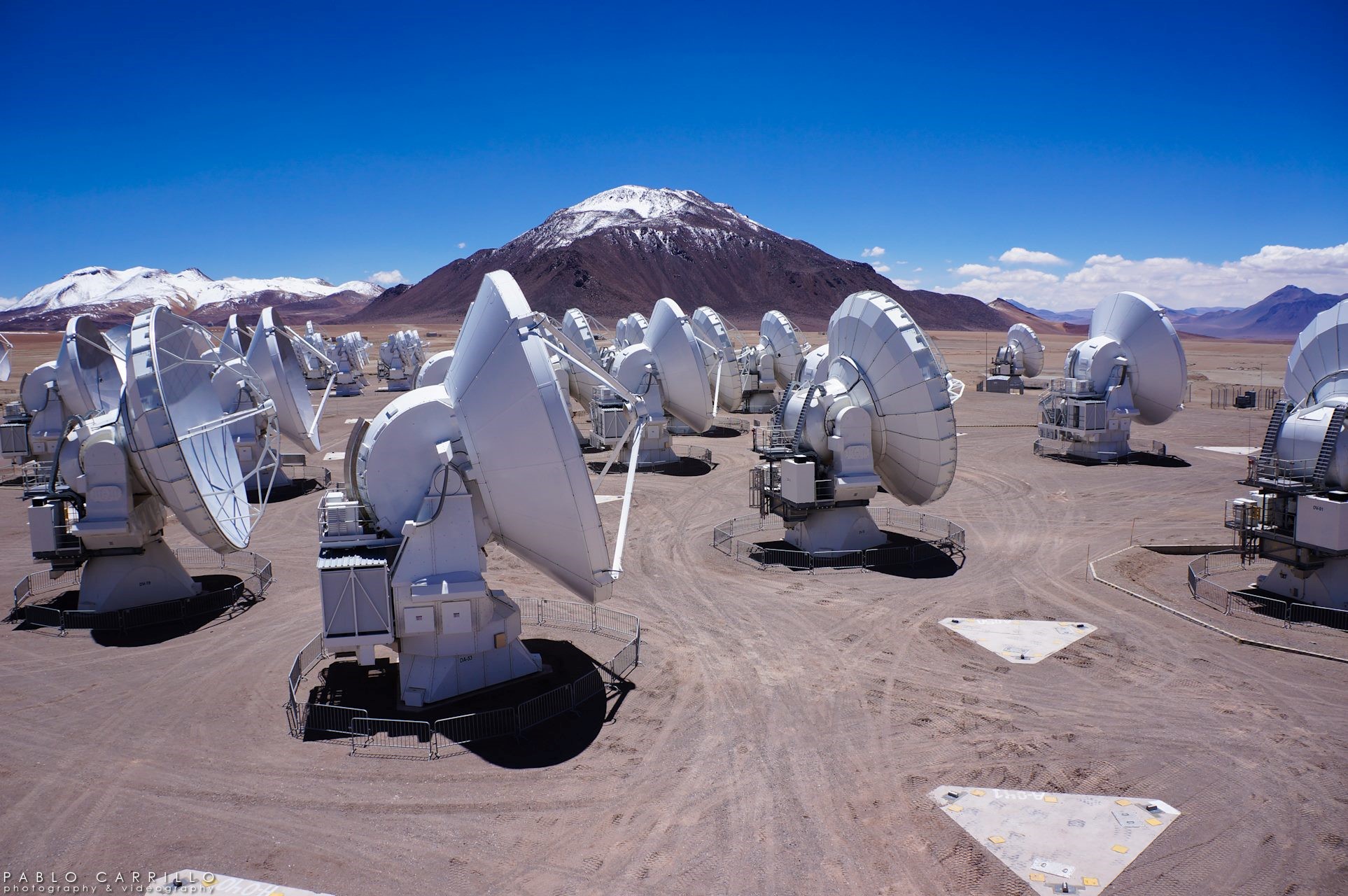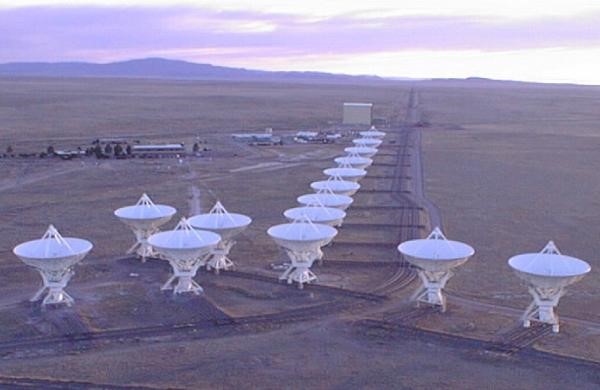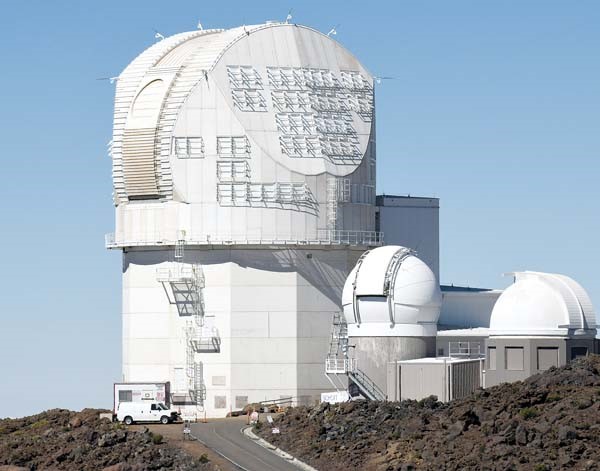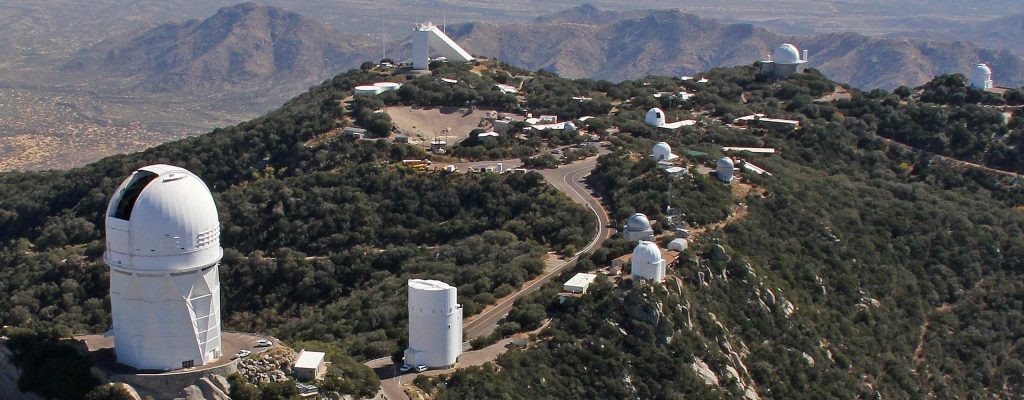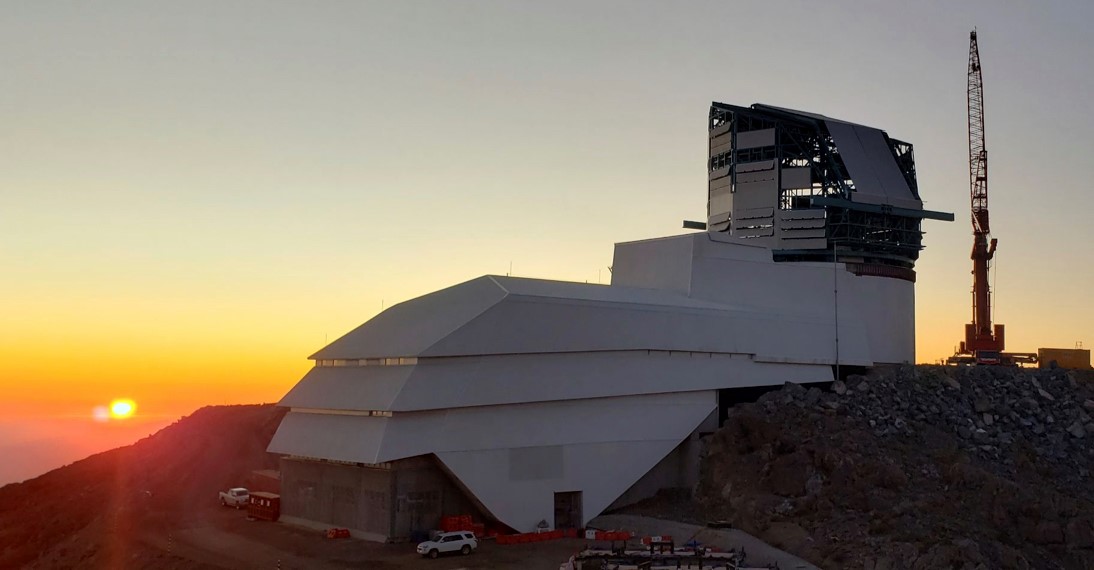AST-Sponsored Facilities
NSF is making it possible to explore the universe... from the ground up. NSF's Division of Astronomical Sciences (AST) funds a variety of world-class facilities making observations in the radio and optical parts of the electromagnetic spectrum. Using cutting-edge technology these powerful instruments provide scientists with a look at the universe, from the Sun to the most distant regions of space.
Arecibo Observatory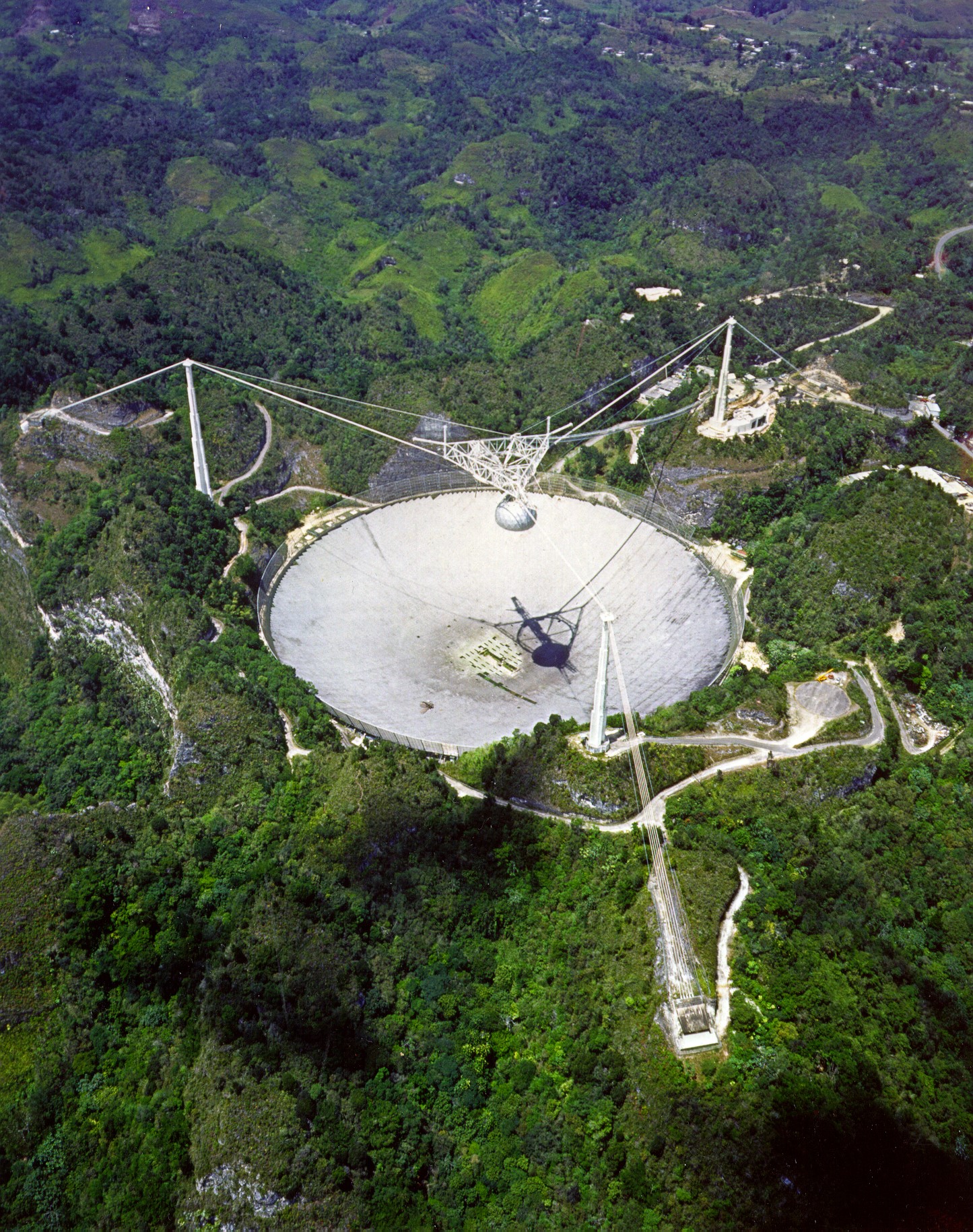 |
Arecibo Observatory (AO) has provided world-class observational facilities for research in radio astronomy, solar system radar astronomy, and studies of the upper atmosphere and ionosphere for several decades. Until recently, AO's cornerstone research instrument was a 305-meter (1000-ft) diameter radio telescope. In December, 2020, the instrument platform suspended above the reflector collapsed following a series of cable/socket failures. NSF is currently exploring options for the future of this iconic observatory. Operated by the University of Central Florida, AO is located approximately 19 kilometers inland from the city of Arecibo, Puerto Rico. |
Green Bank Observatory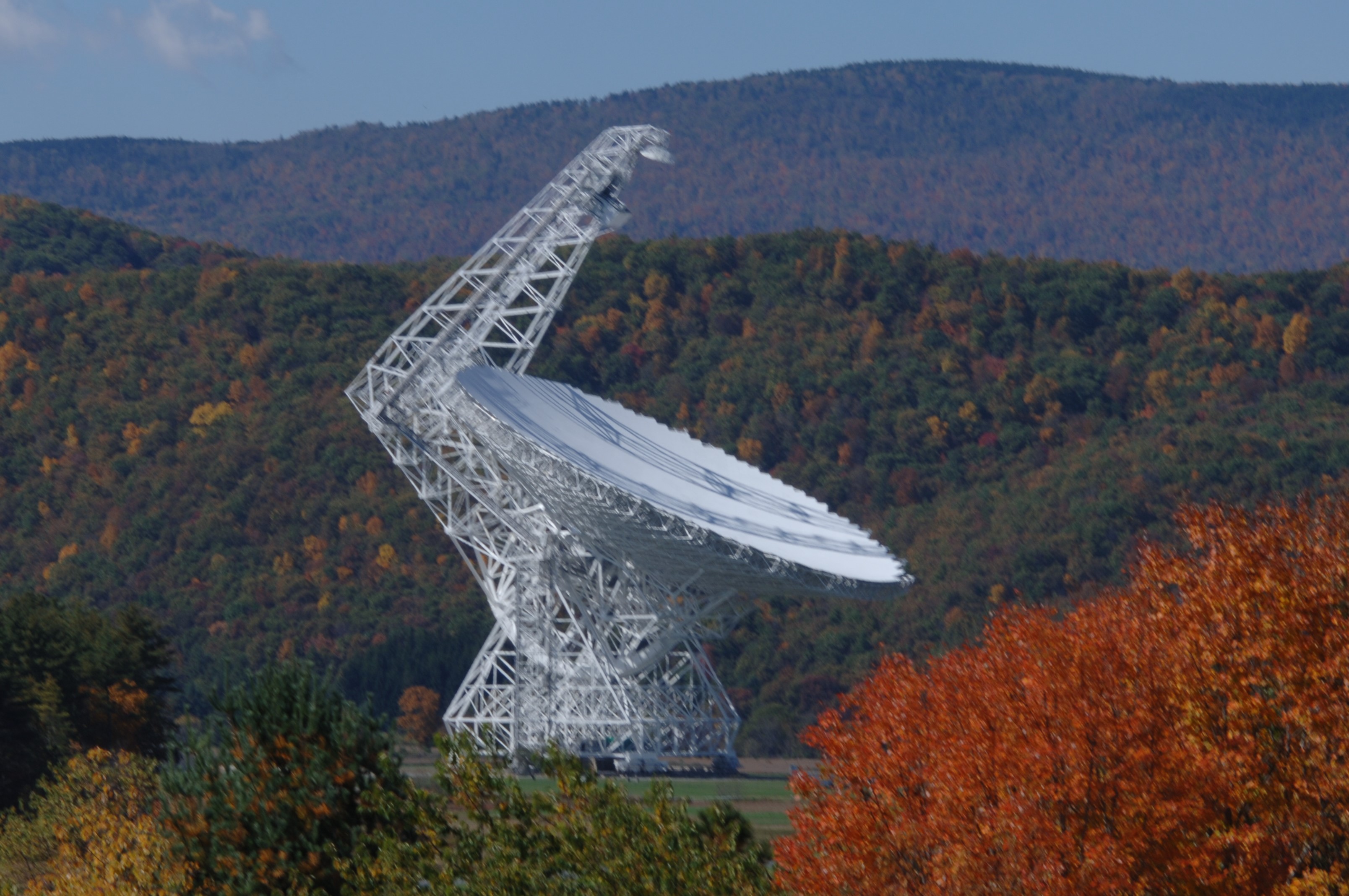 |
The Green Bank Observatory (GBO) is home to the 100-m diameter Robert C. Byrd Green Bank Telescope, the largest fully steerable single-dish radio telescope on Earth. Located in Green Bank, West Virginia, USA, GBO is administered by Associated Universities, Incorporated for NSF. GBO also resides in, and administers for NSF, the National Radio Quiet Zone. |
National Radio Astronomy Observatory (NRAO)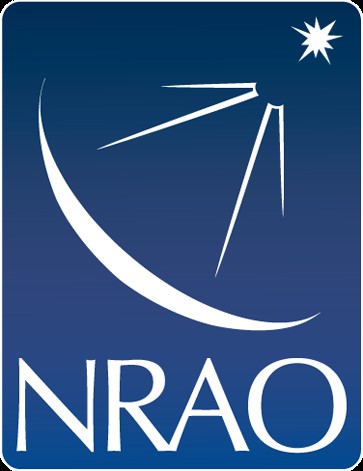 |
The NRAO, administered by Associated Universities, Inc. for NSF, operates a complementary suite of powerful radio telescopes for exploring the universe: The Atacama Large Millimeter/submillimeter Array (ALMA), the Very Large Array (VLA), and the Very Long Baseline Array (VLBA). Detection of the radio waves emitted by astronomical objects demands technology and signal processing that push the state-of-the-art, and NRAO's Central Development Laboratory (CDL) is at the forefront of developing this technology. NRAO and the CDL are located in Charlottesville, Virginia, USA. |
| Consisting of 66 antennas high (5,100 meters altitude) in the Atacama Desert of Chile, ALMA is the most complex astronomical instrument on Earth. ALMA - a collaborative effort between North America, East Asia, Europe, and Chile - is a transformative instrument. | |
|
The Karl G. Jansky Very Large Array (VLA) is an array of 27 radio telescopes, with 25-meter diameters. Dedicated in 1980, the VLA, near Socorro, New Mexico, USA is among the most productive research tools in astronomy. | NSF's National Solar Observatory (NSO)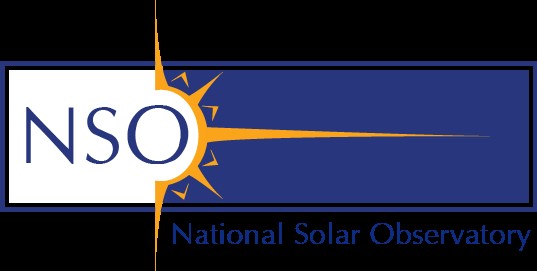 |
NSO is NSF's national laboratory for research into the fundamental physics of our Sun. NSO develops and operates world-class telescopes and instrumentation for the U.S. and International solar research community, including NSF's Daniel K. Inouye Solar Telescope and the NSO Integrated Synoptic Program. NSO facilities enable scientists to conduct cutting-edge research in order to understand the fundamental processes that occur on the Sun, specifically how its active magnetic field influences solar activity and drives the space weather that impacts life here on Earth. NSO is managed for NSF by AURA, Inc. under a cooperative agreement. |
| DKIST is NSF's newest flagship facility located on Maui, HI, USA. With a 4-meter primary mirror, DKIST is the largest, most powerful, solar telescope on Earth. It recently provided the most detailed (a few tens of kilometers) images of the solar surface ever recorded. In addition to high-resolution imaging, DKIST will enable the first precision mapping of the magnetic fields in the solar corona. NSF's DKIST will be key in advancing our knowledge of the Sun, as both our closest star and as the primary driver of space weather. | |
NSF's National Optical-Infrared Astronomy Research Laboratory (NSF's NOIRLab)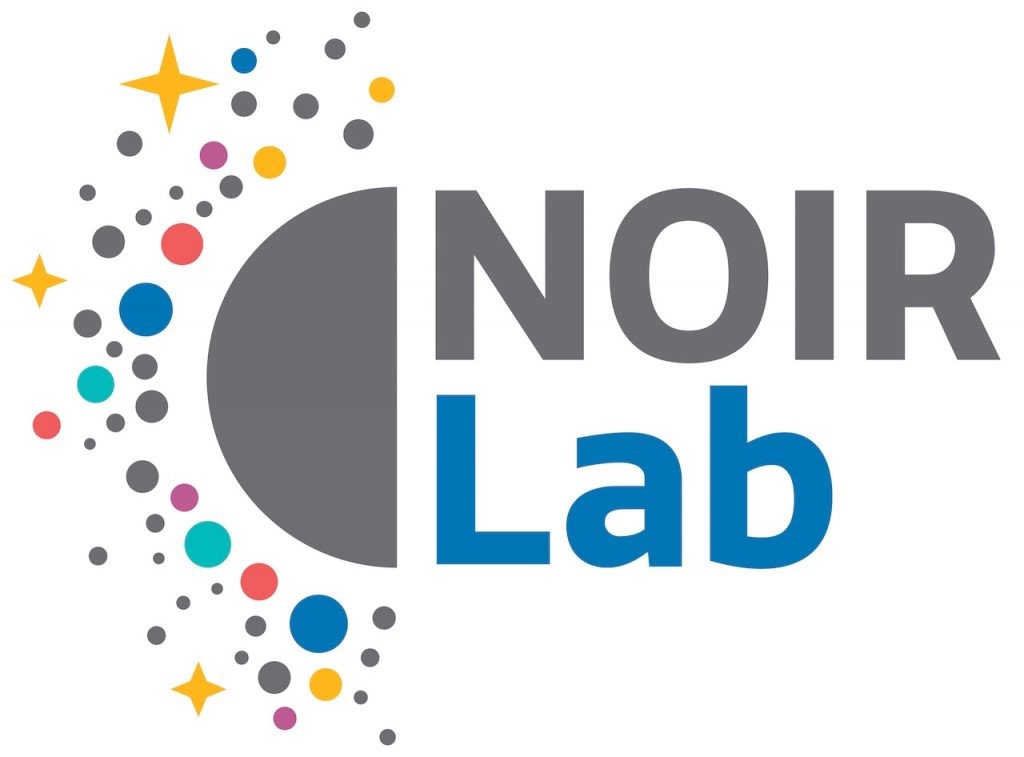 |
Administered by AURA, NSF's NOIRLab is the US national center for ground-based, nighttime, optical and infrared astronomy. Activities are conducted at remote locations in Arizona, Hawai'i and Chile. Its five programs include Cerro Tololo Inter-American Observatory (CTIO), the Community Science and Data Center (CSDC), Gemini Observatory, Kitt Peak National Observatory (KPNO) and the operations of the Vera C. Rubin Observatory. NOIRLab telescopes range in aperture size from 2-meter to 8-meters. NOIRLab headquarters is located in Tucson, Arizona, USA. |
|
CTIO operates the 4-meter Blanco telescope on Cerro Tololo, and the 4.1-meter SOAR Telescope, on Cerro Pachon, next to the 8-meter Gemini Telescope. CTIO also provides the facility infrastructure to enable tenant observatories to operate two dozen other telescopes of various sizes. The observatory is located about 500 kilometers north of Santiago, Chile, and about 70 kilometers east of La Serena, at an altitude of 2200 meters. |
| The International Gemini Observatory consists of twin, 8.1-meter-diameter optical/infrared telescopes located on two of the best observing sites on the planet. From their locations on mountains in Hawai'i and Chile, Gemini's telescopes can access the entire sky collectively. Gemini is operated by a partnership of six countries including the United States, Chile, Canada, Brazil, the Republic of Korea, and Argentina. The Gemini Observatory is managed on behalf of the international partners by AURA (Association of Universities for Research in Astronomy), as a component of NOIRLab. | |
|
KPNO operates the 4-meter Mayall telescope and the 3.5-meter WIYN telescope. It also provides support and infrastructure for approximately 20 tenant telescopes operated by institutions from around the world. KPNO is located 90 kilometers southwest of Tucson, Arizona, at an altitude of 2,096 meters, in the Schuk Toak District on the Tohono O'odham Nation. |
| The Vera C. Rubin Observatory will be comprised of an 8.4-meter wide-field optical telescope, a 3.2 gigapixel camera, and an advanced automated data management system. Currently under construction in Chile, Rubin Observatory will conduct an unprecedented 10-year survey of nearly half the sky and will revolutionize what we know about our Universe. |

